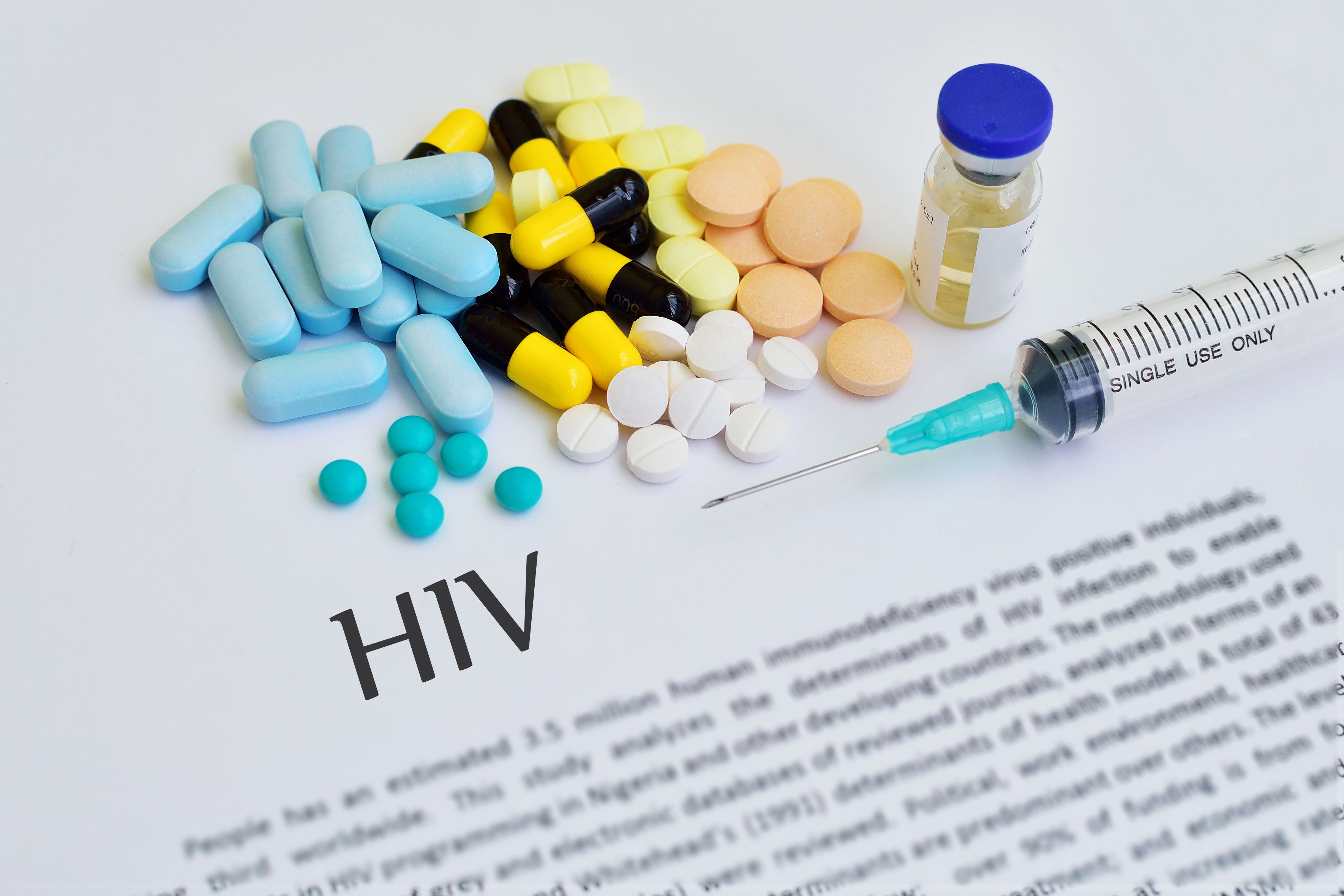Article
For Children Born With HIV, Medication Adherence, Viral Suppression Decreases With Age
Author(s):
From preadolescence to young adulthood, the rate of self-reported nonadherence increased from 31% to half of study participants. Concurrently, the prevalence of a detectable viral load increased from 16% to 40%.
For children born with HIV, the likelihood of adhering to antiretroviral therapy (ART) and having a suppressed viral load decreases with age, according to new study findings.
The study, which is the first to look at why different age groups stop adhering to treatment, found that children born with the virus were less likely to be adherent as they aged from preadolescence (8-11 years) to adolescence (12-17 years) and into young adulthood (18-22 years). Nonadherence was defined as missing any dose of medication in the prior 7 days.
From preadolescence to young adulthood, the rate of self-reported nonadherence increased from 31% to half of study participants. Concurrently, the prevalence of a detectable viral load increased from 16% to 40%.
“As they approach adulthood, many youth face challenges, such as entering new relationships, managing disclosure of their HIV status, and changing into an adult HIV care provider,” Deborah Kacanek, research scientist in the Department of Biostatistics at Harvard Chan School, and lead author of the study, said in a statement. “Ensuring successful HIV medication adherence before and throughout adolescence is critical.”
Kacanek and her team followed 381 youth who were born with HIV for an average of 3.3 years. The youth included in the study were participants in the Pediatric HIV/AIDS Cohort Study and were recruited from 15 different clinical sites in the United States. During the 3 years of follow-up, the researchers examined nearly 1200 adherence evaluations.
They found that while perceived ART side effects impacted all age groups, factors leading to either adherence or nonadherence largely depended on age. For example, for youth aged 15 to 17 years, alcohol use, having an unmarried caregiver, indirect exposure to violence, stigma, and stressful life events were linked to nonadherence.
For preadolescents, using a buddy system as an adherence reminder was associated with nonadherence, and for those aged 12 to 14 years, being black and using a buddy system were associated with nonadherence.
“It is important to talk with youth about how to take medications properly, but our study highlights the need for those who care for these youths to focus also on age-related factors that may influence adherence,” said Kacanek. “Services to help support adherence need to address both the age and age-related risks and build on the sources of strength and resilience among youth at different stages of development.”
Reference:
Kacanek D, Huo Y, Malee K, et al. Nonadherence and unsuppressed viral load across adolescence among US youth with preinatally acquired HIV [published online July 3, 2019]. AIDS. doi: 10.1097/QAD.0000000000002301.
2 Commerce Drive
Suite 100
Cranbury, NJ 08512
© 2025 MJH Life Sciences® and AJMC®.
All rights reserved.





